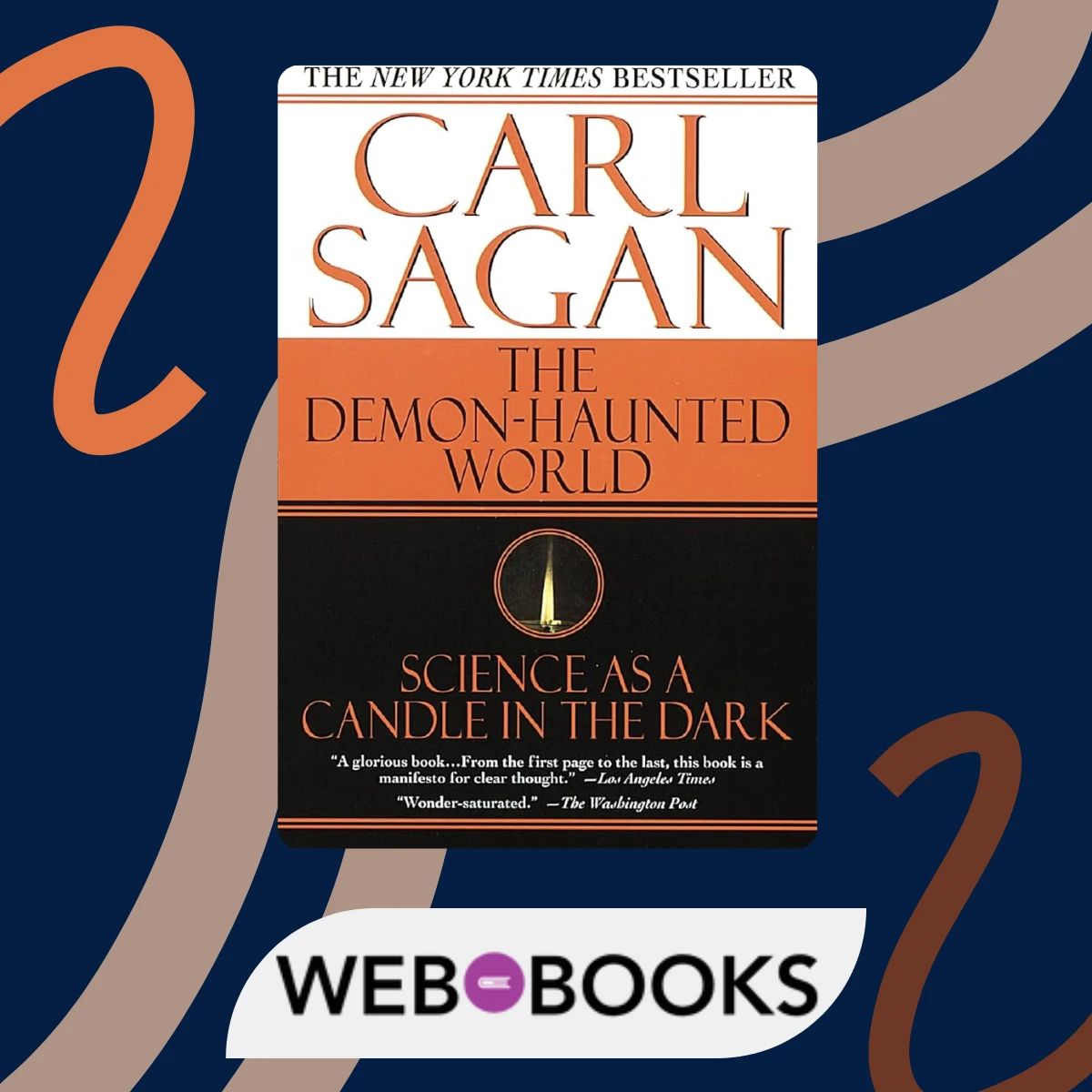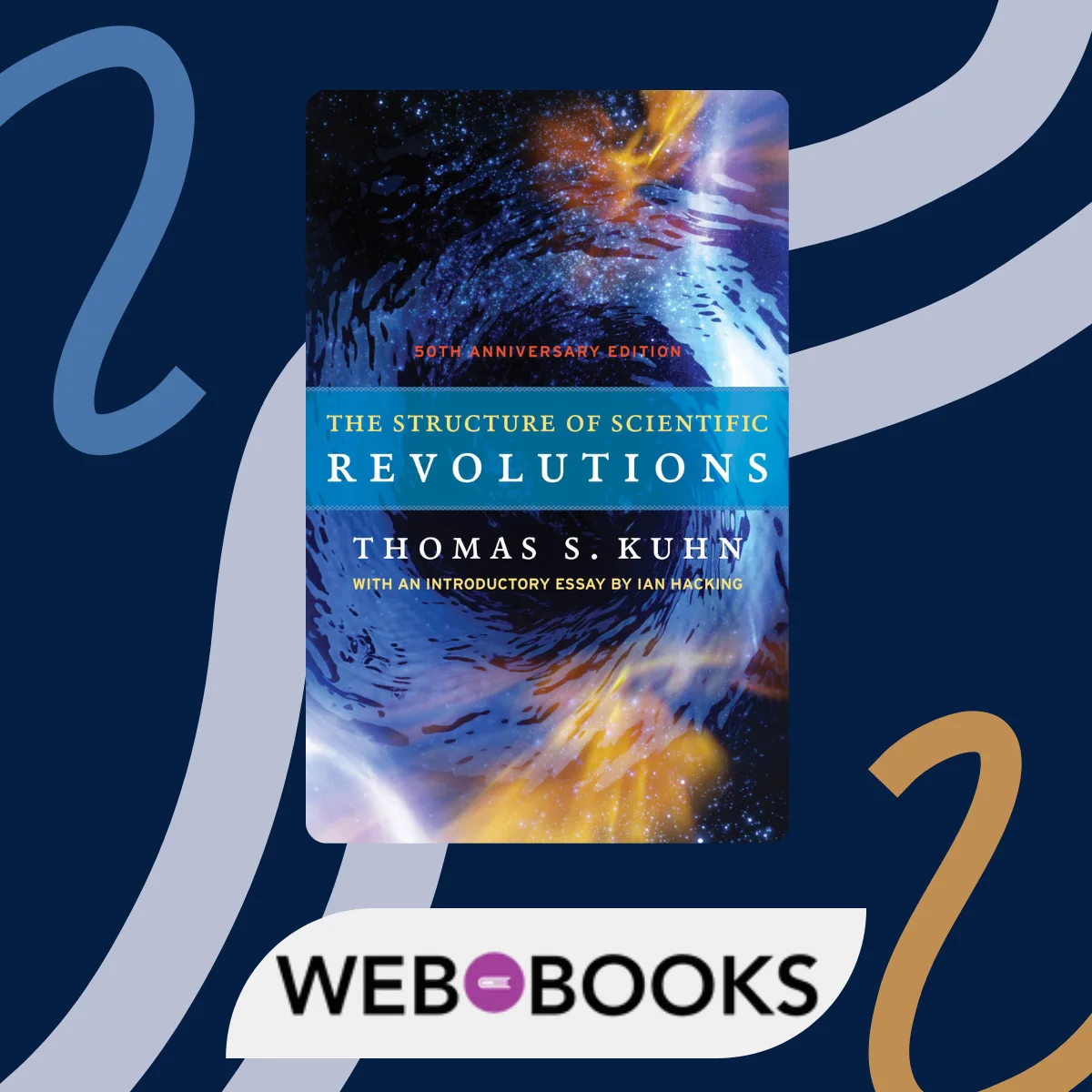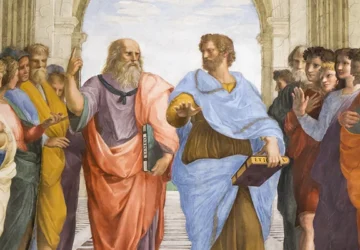
Books Every Student Should Read Before University
University is not just the next step after school. It is a fundamentally different kind of intellectual environment.
High school often rewards memorization and acceptance of authority. University, at its best, rewards questioning. It is not just about learning what to think; it is about learning how to think. It is about engaging with complex, often contradictory ideas, challenging your own assumptions, and building your own arguments based on evidence.
To navigate this new world effectively, you need more than just good study habits. You need an “intellectual toolkit.” You need a set of mental frameworks for thinking critically, understanding context, grappling with ambiguity, and questioning what seems “obvious.”
This is not a list of “required reading” from your future professors. This is not about getting a “head start” on your coursework. This is about acquiring the tools themselves. These four books every student should read before university are not just “books.” They are masterclasses in four essential skills: thinking skeptically, understanding history from below, confronting ethical responsibility, and questioning the very nature of “truth.”
The Skeptic’s Toolkit: Carl Sagan’s “The Demon-Haunted World” (1995)
The first tool you absolutely need in university (and life) is a reliable “baloney detection kit.”
We are drowning in information, much of it misleading, pseudoscientific, or deliberately manipulative. Conspiracy theories, miracle cures, political propaganda, and comforting falsehoods are everywhere. University will expose you to a firehose of new ideas, some brilliant, some deeply flawed. How do you tell the difference?

Carl Sagan, the beloved astronomer and science communicator, provides the manual. “The Demon-Haunted World: Science as a Candle in the Dark” is not just a defense of science; it is a passionate, witty, and deeply humane guide to thinking clearly.
Sagan’s core argument is that science is not just a body of knowledge; it is a way of thinking. It is a method based on skepticism, evidence, hypothesis testing, and a willingness to admit when you are wrong. This “scientific method,” he argues, is the best tool humanity has ever developed for distinguishing truth from falsehood.
The book is a masterclass in identifying logical fallacies (the “tools” used by those who want to deceive you). Sagan walks you through examples like:
-
Ad Hominem: Attacking the arguer, not the argument.
-
Argument from Authority: Believing something just because someone “important” said it.
-
Observational Selection: Counting the “hits” and ignoring the “misses” (like a psychic who remembers the one “prediction” that came true and forgets the thousand that didn’t).
-
Confusion of Correlation and Causation: Assuming that because two things happen together, one must have caused the other.
But Sagan does more than just list fallacies. He explores the psychology of belief. Why are we so drawn to comforting myths? Why do we want to believe in UFOs, ancient aliens, or miracle cures? He argues that skepticism is not cynicism; it is an act of intellectual courage. It is the willingness to question what feels good in favor of what is demonstrably true.
Why Read It Before University? This book is your “vaccine” against bad ideas. University is a place where you will encounter brilliant professors, but also charismatic ideologues. You will read groundbreaking research, but also flawed studies. You will be challenged to form your own opinions, but you need a method for doing so. Sagan gives you that method. He teaches you how to ask good questions, how to demand evidence, and how to be comfortable with uncertainty. It is the foundational text for intellectual self-defense.
History from Below: Howard Zinn’s “A People’s History of the United States” (1980)

Most history, as we are taught it in school, is “top-down.” It is the story of presidents, generals, and industrialists. It is a narrative of progress, manifest destiny, and national greatness.
Howard Zinn, a historian and activist, offers a radical, necessary, and deeply unsettling alternative. “A People’s History” flips the script entirely. It tells the story of America not from the perspective of the victors, but from the perspective of the vanquished.
-
Zinn’s central thesis is that the traditional narrative hides more than it reveals. It smooths over the brutal realities of conquest, slavery, economic exploitation, and dissent that are central to the American story. He argues that to truly understand the present, we must listen to the voices that have been silenced: the Indigenous peoples facing genocide, the enslaved Africans, the striking factory workers, the anti-war protestors, the marginalized women.
The book is a chronological journey, but instead of focusing on elections and treaties, it focuses on resistance. It highlights moments like Columbus’s arrival (seen through the eyes of the Arawaks), the American Revolution (seen partly as a conflict among elites), the Civil War (analyzing the economic motives), the labor movements of the early 20th century, and the Civil Rights and anti-Vietnam War movements.
Zinn is not pretending to be “objective.” He explicitly states his bias: he sides with the oppressed. His goal is not to present a “balanced” view, but to unbalance the dominant, celebratory narrative.
Why Read It Before University? University history courses will (or should) challenge the simple, patriotic stories you learned in high school. Zinn’s book is the perfect preparation for this intellectual shock. It teaches you that history is not a collection of facts, but an argument. It teaches you that who tells the story matters profoundly.
It inoculates you against the “Great Man” theory of history. It forces you to ask: Whose voices are missing from this textbook? Whose interests does this narrative serve? It provides a framework for understanding that social change rarely comes from the top down; it almost always bubbles up from below, driven by ordinary people fighting for justice. This perspective is essential not just for history majors, but for anyone who wants to understand the dynamics of power and inequality in any society.
The Burden of Creation: Mary Shelley’s “Frankenstein” (1818)
Written when Mary Shelley was just nineteen, “Frankenstein” is often dismissed as a simple monster story. It is not. It is one of the most profound meditations on science, creation, responsibility, and what it means to be human ever written.
The book is subtitled “The Modern Prometheus.” Like the Greek Titan who stole fire from the gods and gave it to humans, Victor Frankenstein discovers the “spark of life.” He achieves the ultimate scientific breakthrough: he creates a sentient being from dead matter.

But unlike Prometheus, Victor is a coward. Horrified by the “hideousness” of his creation, he abandons it.
The novel’s power comes from its radical shift in perspective. A large portion of the book is told from the Creature’s point of view. We learn that he was not born a “monster.” He was born an innocent, intelligent, and deeply lonely being, desperate for connection and understanding.
It is society’s rejection, and specifically Victor’s parental abandonment, that turns him into the vengeful being he becomes. The Creature learns hatred from humanity.
The book poses a series of devastating ethical questions: What responsibility does a creator have for their creation? What happens when scientific ambition outpaces moral consideration? Who is the real monster: the “hideous” creature seeking love, or the “handsome” creator who denies it?
Why Read It Before University? University is a place where you will encounter the power of knowledge in science, technology, social sciences, and the arts. You will be learning how to create things: arguments, theories, programs, art, policies.
“Frankenstein” is the ultimate cautionary tale about the burden of that creation. It teaches you that knowledge is not neutral. It has consequences. It forces you to think about the ethical implications of your work before you unleash it on the world.
More profoundly, it is a masterclass in empathy. By forcing you to see the world through the eyes of the “monster,” the ultimate “Other,” Shelley challenges your deepest prejudices about appearance, belonging, and who deserves compassion. In an increasingly polarized world, this ability to understand the perspective of the marginalized is not just an academic skill; it is a moral necessity.
The Relativity of Truth: Thomas Kuhn’s “The Structure of Scientific Revolutions” (1962)

This book is arguably the most influential work of philosophy of science in the 20th century. It fundamentally changed how we think about “scientific progress.”
Before Kuhn, the common view was that science progresses linearly. We accumulate facts, refine theories, and get closer and closer to the “objective truth” about the universe.
Kuhn, a physicist turned historian, argued that this is completely wrong. Science does not progress smoothly. It progresses through violent, revolutionary paradigm shifts.
What is a “paradigm”? Kuhn defines it as the entire constellation of beliefs, values, techniques, and shared assumptions that define “normal science” within a particular field at a particular time. (Think of Newtonian physics or Ptolemaic astronomy).
What is “normal science”? It is the day-to-day work of scientists operating within an accepted paradigm. They are not trying to overthrow the paradigm; they are trying to solve puzzles defined by it.
What is a “revolution”? Occasionally, “anomalies” appear experimental results that the current paradigm cannot explain. At first, scientists try to ignore them or fit them into the old model. But as anomalies accumulate, a “crisis” builds. Eventually, a radical new theory emerges (like Einstein’s relativity or Copernicus’s heliocentrism) that does explain the anomalies. This new theory is a new paradigm. It is often completely incompatible with the old one. The scientific community undergoes a painful, often generational, shift to the new way of seeing the world.
Kuhn’s most radical idea is that paradigms are “incommensurable.” Scientists operating in different paradigms do not just disagree; they literally live in different worlds. They look at the same data and see different things because their fundamental assumptions are different. “Truth,” Kuhn suggests, might be relative to the paradigm.
Why Read It Before University? This book is the ultimate antidote to intellectual arrogance. It teaches you that even our most cherished “scientific truths” are often built on historical and social foundations that we rarely examine.
University will expose you to competing theories in every field economics, psychology, literary criticism, sociology. Kuhn gives you a framework for understanding why these disagreements exist. It is not just that one side is “right” and the other is “wrong.” It is often that they are operating within entirely different paradigms.
“Structure” teaches intellectual humility. It shows that progress often requires not just new data, but a revolutionary shift in perspective. It encourages you to question the fundamental assumptions of any field you study and to be open to the possibility that the “obvious” truth might just be a temporary consensus, waiting for its own revolution.
The Toolkit for a Thinking Mind
These four books are not a “checklist” to be completed. They are the beginning of a conversation.
Sagan gives you the tools to detect falsehood. Zinn gives you the tools to question history. Shelley gives you the tools to consider consequences. Kuhn gives you the tools to question truth itself.
These are the foundational skills for navigating the complex, challenging, and ultimately rewarding intellectual landscape of university. They are the books every student should read not because they contain facts you need to memorize, but because they teach you how to think.
University is your chance to build your own worldview. These books provide the essential tools to make sure that worldview is built on a foundation of skepticism, context, empathy, and intellectual humility.
Recommended for you

What Is Lateral Reading and How It Helps You Spot Fake News
We have a problem. We are all failing a test we don’t even know we’re taking. The test is the internet. The subject is “truth.” And the people failing the hardest are, paradoxically, the “smartest” ones. For our entire lives, we have been trained in a specific, “academic” way of reading. We were taught to […]

How to Publish a Book: A Step-by-Step Guide for New Authors
For every new author, the dream is the same. It is the moment of holding a finished, physical book in your hands. It is the smell of the paper, the weight of the object, the sight of your name on the cover. It is a dream of validation and completion. But between the final period […]

How to Read Academic Literature Effectively
Reading an academic journal article is not like reading a novel. It is not like reading a blog post. It is a completely different activity. A novel invites you in. A blog post gives you its point quickly. An academic paper, by contrast, is a fortress. It is dense, written in a specialized code, and […]

What Is Prime Reading and How to Use It Effectively
We are living in the age of “access,” not “ownership.” This cultural shift has already transformed music (Spotify), film (Netflix), and television (Hulu). We no longer buy albums; we access a library. We no longer buy DVDs; we stream a catalog. Now, this model has come for our bookshelves. Amazon, the company that defined the […]

Sci-Fi vs Fantasy: Key Differences and What to Read
On the surface, the difference seems simple. One genre has spaceships and aliens. The other has dragons and elves. Science Fiction, we are told, is about the future, and Fantasy is about the past. This is a shallow analysis. And it is wrong. This “aesthetic” definition one of props and settings collapses immediately under any […]

Philosophy Books That Change Worldviews
Some books are entertainment. Some are information. A very small few are dynamite. They don’t just add to what you know; they change how you know it. They are philosophy books that change worldviews by locating the hidden assumptions you live your life by the very foundations of your “common sense” and putting a metaphorical […]

How Fiction Can Support Learning and Imagination
For centuries, a persistent myth has haunted our perception of reading. It is the myth of the “serious” versus the “frivolous.” In this binary, non-fiction is the “serious” stuff. It is the realm of facts, history, science, and learning. Fiction, on the other hand, is cast as the “frivolous” sibling. It is entertainment. It is […]

What Is Close Reading and Why It Matters in Modern Education
We are drowning in words. We read more today than at any other point in human history. We scroll through articles. We skim headlines. We digest hot takes, social media posts, and endless comment threads. Our brains, rewired by the digital age, have become incredibly efficient at one specific skill. Skimming. We have trained ourselves […]